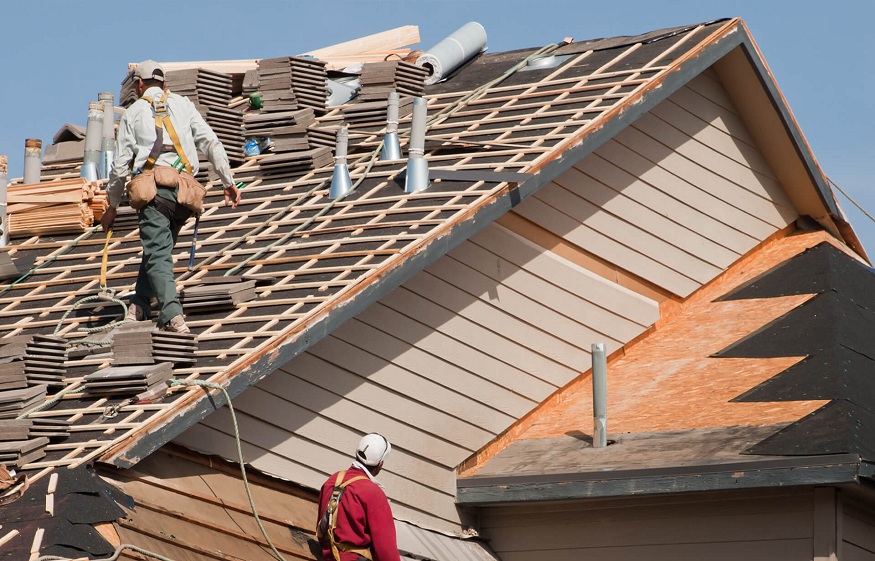Roofers or other professionals who work on roofs every day must ensure their safety. Indeed, these jobs are very risky and the slightest error in terms of safety can have major repercussions on the health of the professionals.
In this way, it is important to follow strict obligations and to equip yourself correctly when working on a roof.
THE RISKS OF WORKING ON ROOFS
Roofing work or other work on a roof is considered dangerous . In fact, the biggest risk is falling , which can have serious consequences depending on the height. Professionals who work on roofs are also subject to other risks inherent to working at height and outdoors.
Indeed, they are exposed to bad weather (sunburn, hail), but also to falling tools or chemical risks (roofs covered with asbestos). All these risks can increase the risk of falling for roofers or zinc workers working on the roof.
Roofing work is regulated to minimize the risks incurred by professions that work only on this part of the building or house. Respectively, articles L4121-1 to 5 and R 233-13 of the Labor Code define the guidelines to follow when working at height and regulate the use of safety products to protect the health of workers and craftsmen when working at height.
PRECAUTIONS TO TAKE BEFORE WORKING ON A ROOF
Before starting the climb to the roof, it is essential to take precautions. We are talking here about all the preparation before starting work on the roof.
This includes implementing personal and collective protective equipment and checking for bad weather. Working outdoors, particularly on a roof, is indeed subject to the vagaries of the elements. Sometimes, it is better not to take any risks and accept being late on your worksite due to bad weather rather than taking the risk of getting injured.
FORECAST THE WEATHER
Never go up on a roof when weather conditions are unfavorable. In the construction industry, roofing work is one of the sites most subject to weather hazards.
Indeed, rain will make the roof covering slippery, which will considerably increase the risk of falls for people working on it. Wind also causes many accidents every year (people are unbalanced, which leads to slips).
Finally, extreme heat or snow or hail precipitation also increase this risk factor (sunstroke, discomfort, slipping, etc.).
WORKING IN NUMBERS
When working on a roof, you need to be in a group. Indeed, working as a team allows for greater vigilance in the face of risks associated with jobs that require being at height. Working in pairs or in a group also allows for alerting emergency services or becoming more rapid in the event of difficulties or problems.
SECURE THE AREA UNDER THE ROOF
In the event of tools or materials falling (or worse), it is essential that the perimeter under the roof is secured so that nothing can hurt anyone. Falling tiles are common in this area, so every precaution must be taken to prevent them from causing any accidents. This may include marking out the roof work area or a safety net that can not only hold materials and tools, but also workers.
SAFETY EQUIPMENT FOR ROOFING WORK
In terms of fall protection systems for roofing work, there are two types of categories: collective safety equipment and individual safety equipment.
Indeed, working in numbers on a roof or a roof terrace necessarily involves collective protection equipment. For this, you can naturally count on Rikksen products. Temporary guardrails for roof work, lifeline and anchor points that go with it. Concerned about the safety of workers on roofs, the installation of collective safety equipment is essential in order to avoid any accidents.
Our products are suitable for all types of roofs, including the most fragile roofs, since our products are light and resistant.


